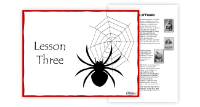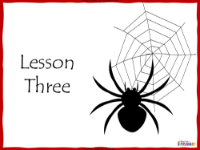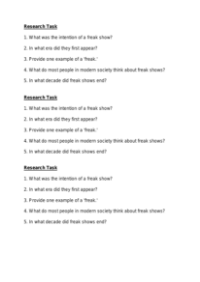Cirque Du Freak - Lesson 3 - Circus of Freaks Info Worksheet

English Resource Description
The term 'freak show' refers to a type of entertainment where unique individuals and unusual performances were showcased to amaze and often shock audiences. These shows reached the height of their popularity during the Victorian era in Europe and America, and were commonly associated with travelling circuses and carnivals. Historical records indicate that as far back as the 16th century, both animals and humans with distinctive features were exhibited at local fairs. By the time of Queen Victoria's reign, these shows had evolved to include not just displays of physical oddities but also demonstrations of talent. Notable performers included Madame Rosina, an armless woman who could crochet with her feet and paint with her mouth, as well as other remarkable figures such as Siamese twins, bearded ladies, contortionists, and heavily tattooed individuals. Among the most famous was Joseph Merrick, known as the Elephant Man, whose significant physical abnormalities drew large crowds.
While contemporary sensibilities find the concept of 'freak shows' offensive, they were a significant part of popular culture in the late 19th century. This fascination was partly fuelled by a growing public interest in science and evolution, theories that were being widely discussed due to the work of Charles Darwin and others. Circus owners leveraged scientific terminology to present their performers as 'exhibits' in a pseudo-educational context. In the United States, these individuals were often displayed in 'museums' and their unique characteristics were detailed in pamphlets that purported to explain their scientific relevance. These pamphlets often included endorsements from reputable figures to affirm the authenticity of the 'exhibits'. Additionally, postcards featuring exaggerated images of these individuals were produced and sold for profit. However, by the 1940s, societal attitudes shifted and 'freak shows' were increasingly seen as inhumane and morally objectionable, leading to their gradual decline.


